| In 2013, restoration of the Red House, one of the most iconic national buildings in Trinidad and Tobago, disrupted the sands of time and unearthed the treasures of the First Peoples. Their implements and very bones were discovered. Could it have been fate that served as a reminder to T&T that we ought not to forget our historical roots? Was it sheer luck? But the irony of it all — to uncover the burial ground of the first inhabitants of this country under the edifice where parliament and all major political icons sit and decisions are made for this Republic. |
| The reinterment took place with huge pottery jars made with Amerindian accents from sister countries and the ritualistic outlay of the remains of almost 60 persons. Offerings of water, flowers, incense, tobacco and traditional music were made while vibrations rocked believers to heartfelt tears and ecstatic states of ‘manifestation’. The present Carib queen, Nona López Calderón Galera Moreno Aquan, participated along with First |
| As part of the revival, monuments that serve as reminders of their legacy were erected throughout the land: ‘Hy Arima’ in Arima, ‘La Venezuela’ in Santa Cruz and now a new statue in Moruga, where there was once a very strong Amerindian presence. The new statue will be named once the elders receive enlightenment and it will be unveiled by Grand Chief Paul Navarro and members of the Warrao community. Finally, a statue |
For more information:
- https://www.guardian.co.tt/article-6.2.398697.ac1612a78f
- https://newsday.co.tt/2019/10/20/60-first-peoples-remains-laid-to-rest-at-red-house/
- https://newsday.co.tt/2020/10/10/purublaka-at-red-house/
- https://trinidadexpress.com/features/local/first-peoples-monument-unveiled-in-moruga/article_ad14e1da-a878-11eb-84b1-a7d6635632be.html
Let us know if you enjoyed this article in the comments below. Be sure to look out for Hy Arima and the Santa Rosa feast in August.

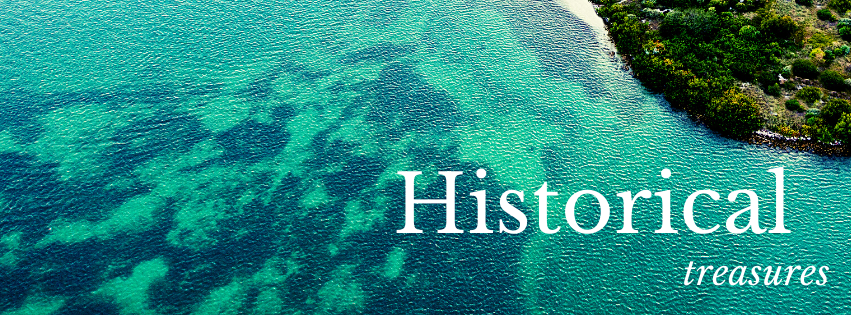
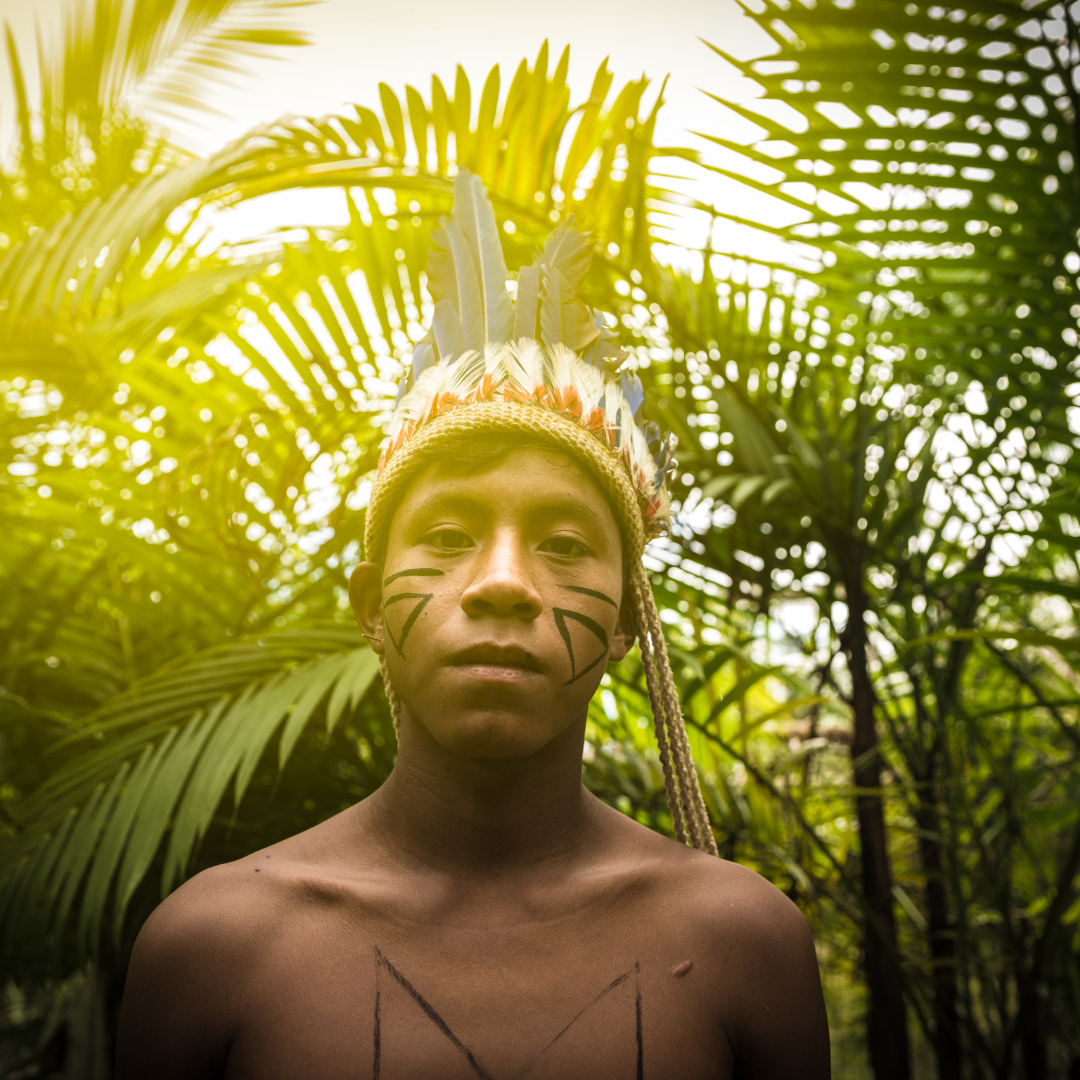
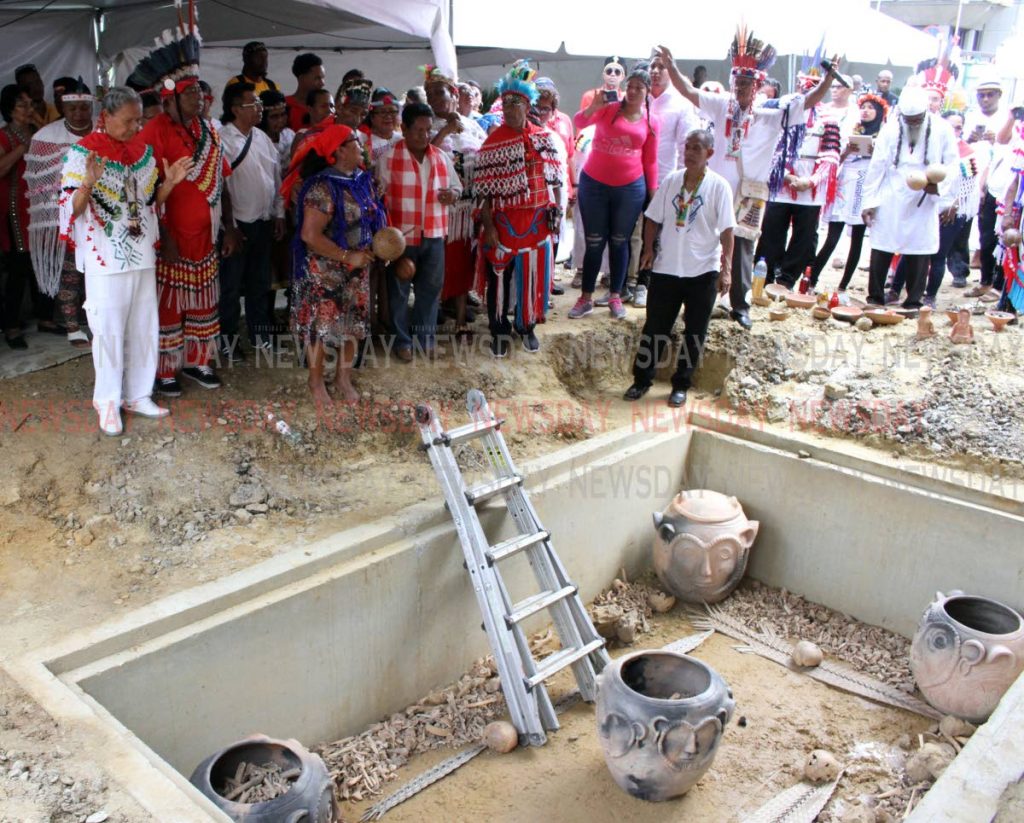
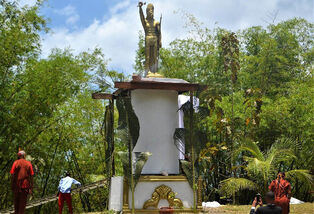
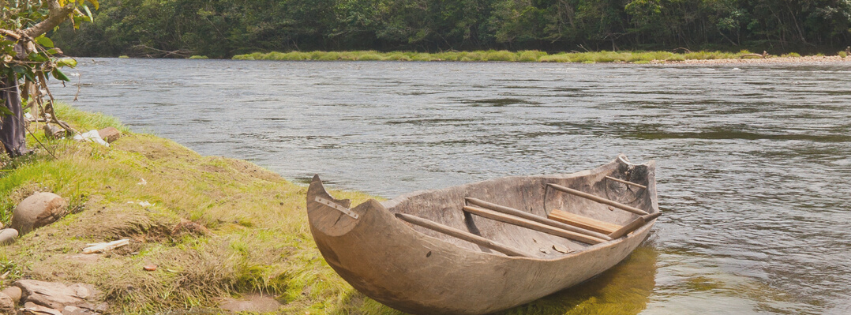
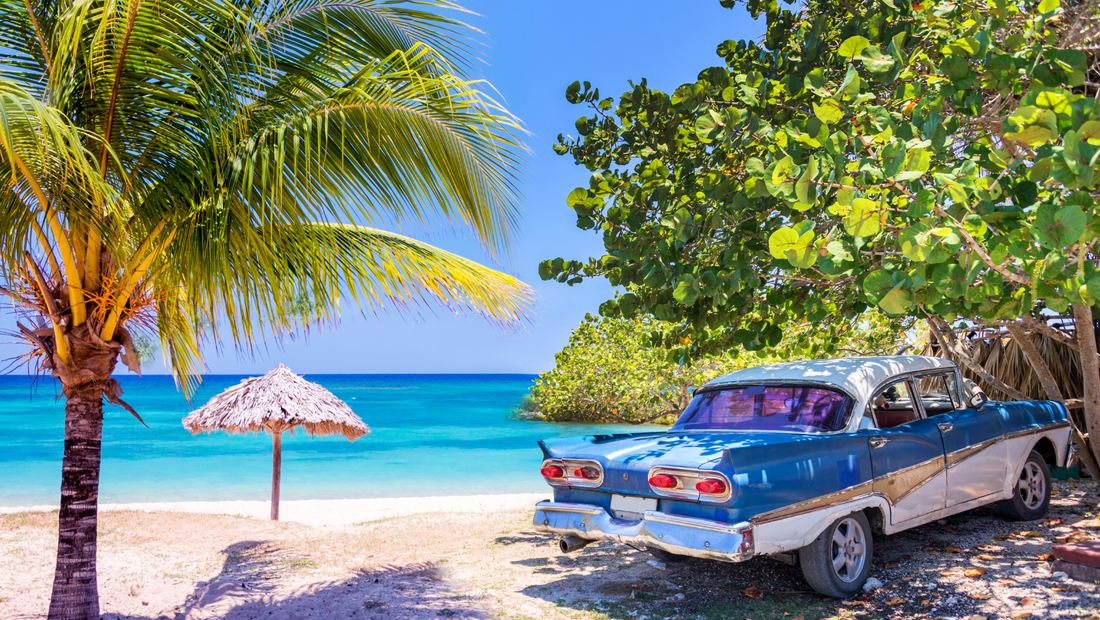
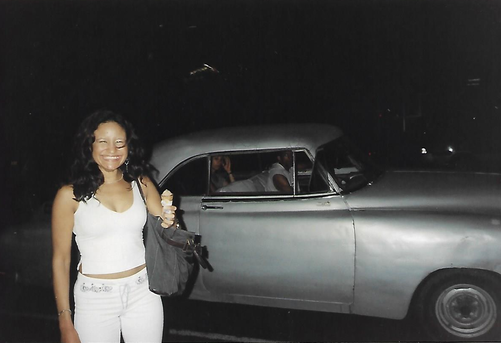
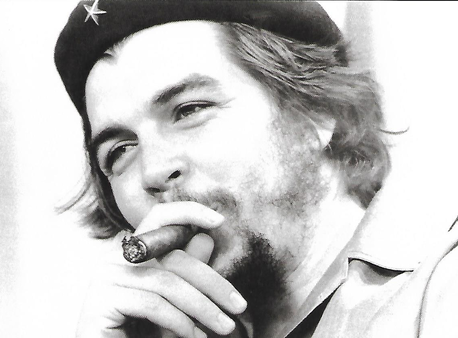
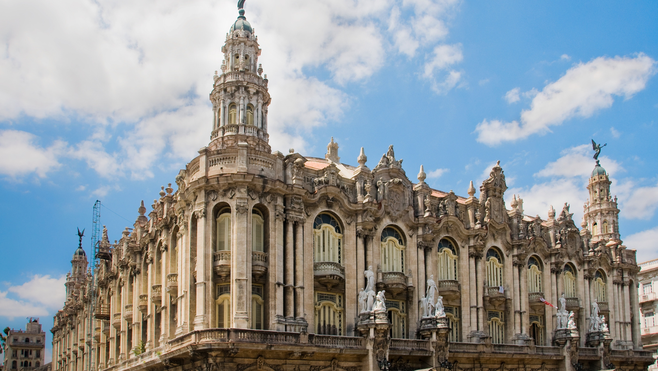
 RSS Feed
RSS Feed